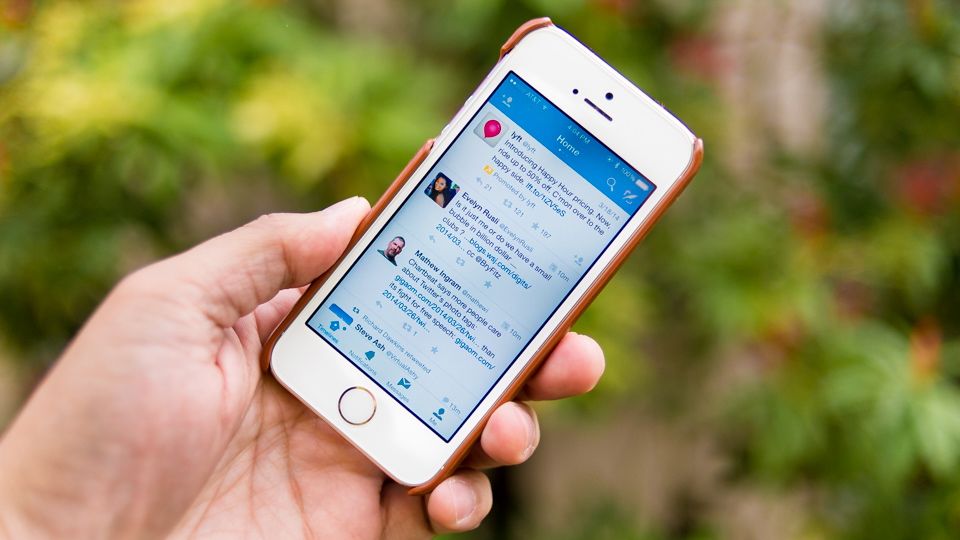This character-limit tweak is exactly the kind of change Twitter needs
Opinion: A small change that's worth celebrating

Twitter's user growth struggles are a growing narrative, and while it rebounded somewhat earlier this year, it's still missing the secret sauce that makes them stick around.
It's finally acknowledging that unless some fundamental changes are made, users will continue to flee. Eventually, they'll run dry, save for a hardcore few.
"We are going to fix the broken windows and confusing parts... that we know inhibit usage and drive people away," said CEO Jack Dorsey during the company's fateful Q4 2015 earnings call in February.
If a report out today that Twitter plans on excluding photos and links from its 140-character limit proves true, then it's starting to make good on Dorsey's promise.
The next phase
Twitter actually began taking a hard look at itself and implementing changes several months ago. One of its biggest, most contentious moves was to switch on an algorithm to surface tweets it thinks users want to see, rather than displaying them in chronological order (according to Twitter's last earnings report, only 2% of users have opted out of this new timeline structure).
It also adopted a tougher stance on trolls, or abusive users whom many were relieved to see Twitter finally do something about.
Now, it looks as if Twitter is focusing on changes to the very way we use the service, at its most basic level. In other words, one of the places it needs the most help.
Sign up for breaking news, reviews, opinion, top tech deals, and more.
While brevity is a hallmark of Twitter - one that prevents people from posting ramblings, like they can do on Facebook - it also brings with it a unique set of challenges. There's only 140 characters to say what you want to say, so make 'em count!
A character limit is great at keeping personal manifestos at bay and a steady stream of bite-size info-nuggets flowing, but if Twitter wants to be regarded as the live source for whatever is going on in the world (which it does), then it's seemingly recognized the need to allow users to post links to stories they're referencing as well as photos with as much room as it can give for users' own words.
As noted by Bloomberg, links and photos can take up to 23 characters, even with a shortened link. This leaves you with relatively little real estate to describe or opine on what you're sharing.
I frequently find myself disheartened after whipping up a funny or informative tweet, only to have an attached image or link push it past the sanctioned limit. It then becomes a process of editing what I wrote, which, particularly in the case of a photo that needs/deserves context, can feel like a disservice to my followers.
Short and sweet may make Twitter what it is, but often it feels if I could have just one more character in cases like this, it would make all the difference.
A small step in the right direction
If Twitter decides to exempt links and photos from the 140-character limit, it'll be doing itself and users a huge favor, not least because it'll be one less thing we'll need to think about when composing a tweet.
Unlike Facebook, there's a fair amount of strategizing when it comes to tweeting. That sucks some (a lot) of the fun out of it, and leaves users essentially censoring themselves. Who wants to do that?
To be clear, I'm not in favor of an unlimited character limit. That would go too far in the other direction, taking away Twitter's identity and, honestly, the appeal it holds for me. What I'm in favor of is a fix to an annoying quirk that counts something you didn't write against you.
Twitter has other, deeper issues to tackle - like profiting from native video ads and fixing its unintuitive @reply rules and .@name syntax (and not counting those against your character count either!) - before it turns its fortunes around, though it's committed to begin improving the user experience for new and core users alike this year.
Upping the character limit, even slightly, for posts that have links and photos is a step in the right direction. It's not going to save Twitter by itself, but it's going to make users happier. Right now, that's exactly what Twitter needs.

Michelle was previously a news editor at TechRadar, leading consumer tech news and reviews. Michelle is now a Content Strategist at Facebook. A versatile, highly effective content writer and skilled editor with a keen eye for detail, Michelle is a collaborative problem solver and covered everything from smartwatches and microprocessors to VR and self-driving cars.